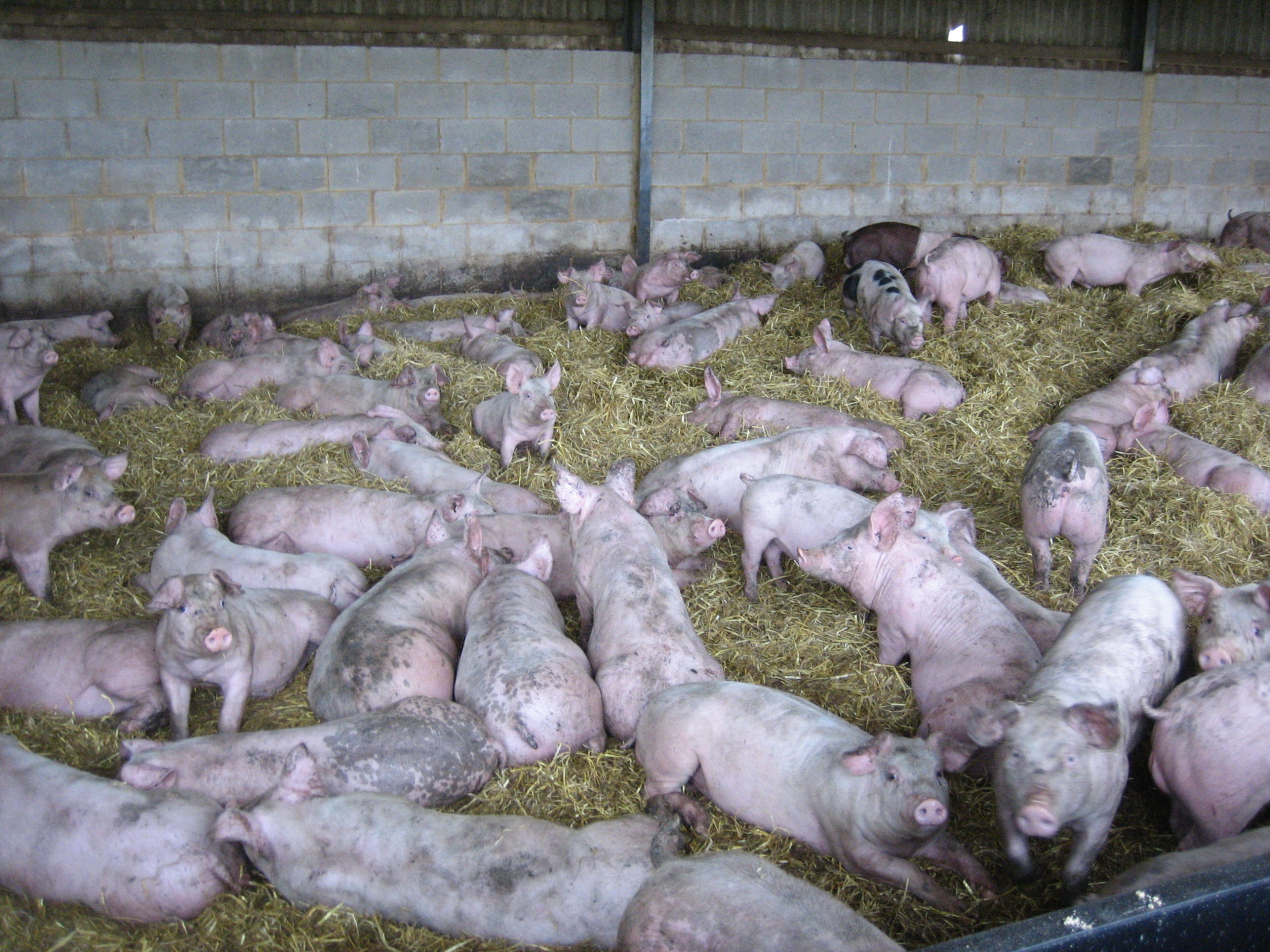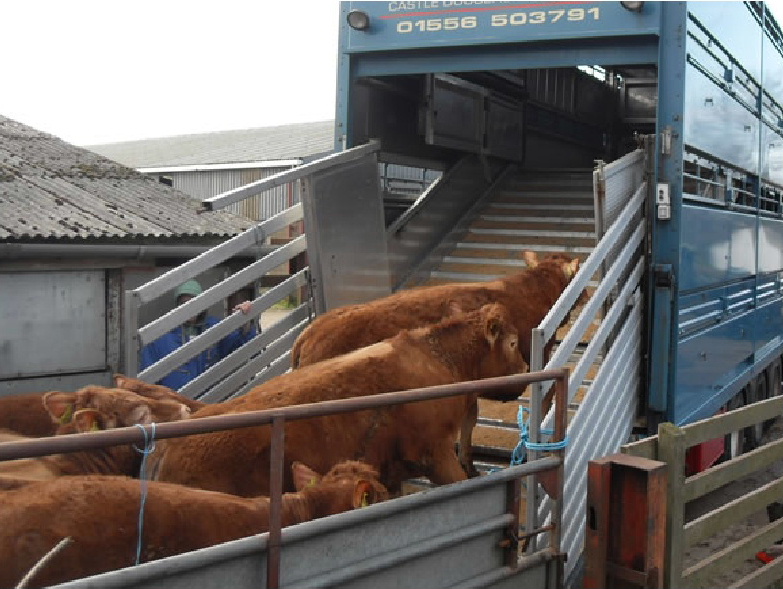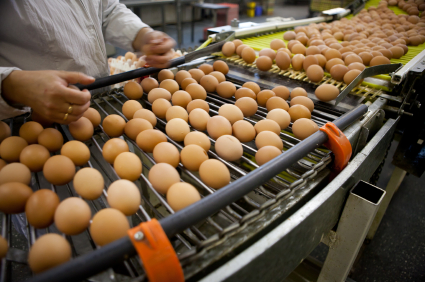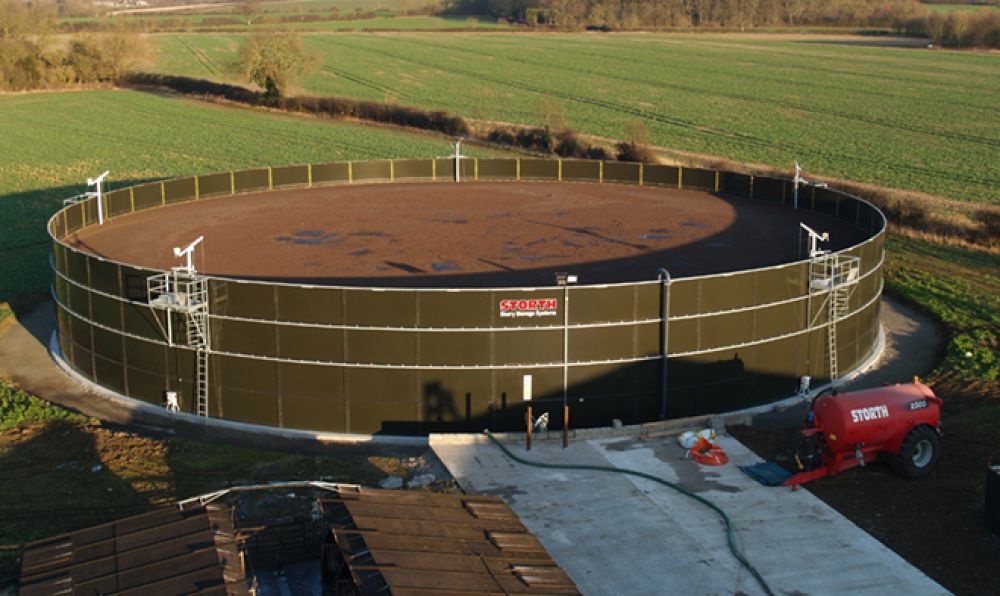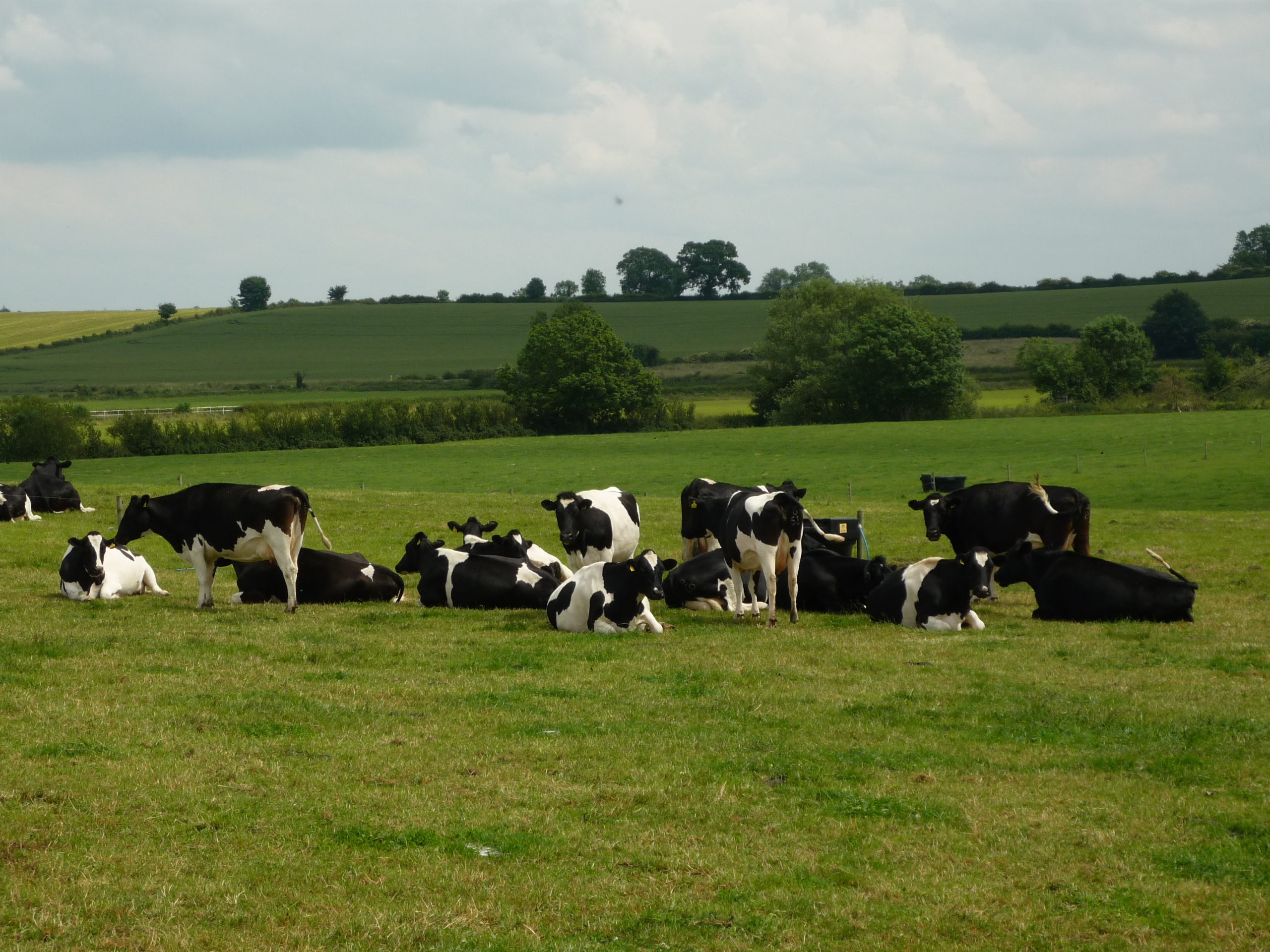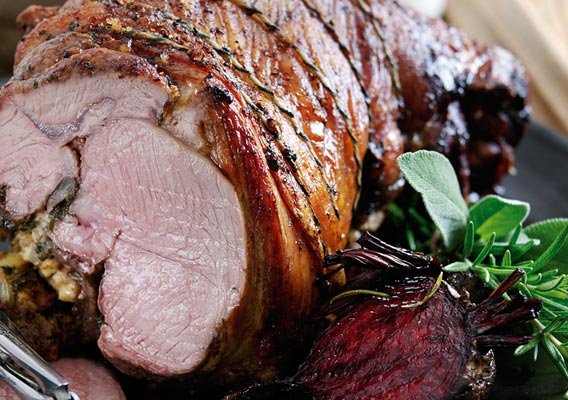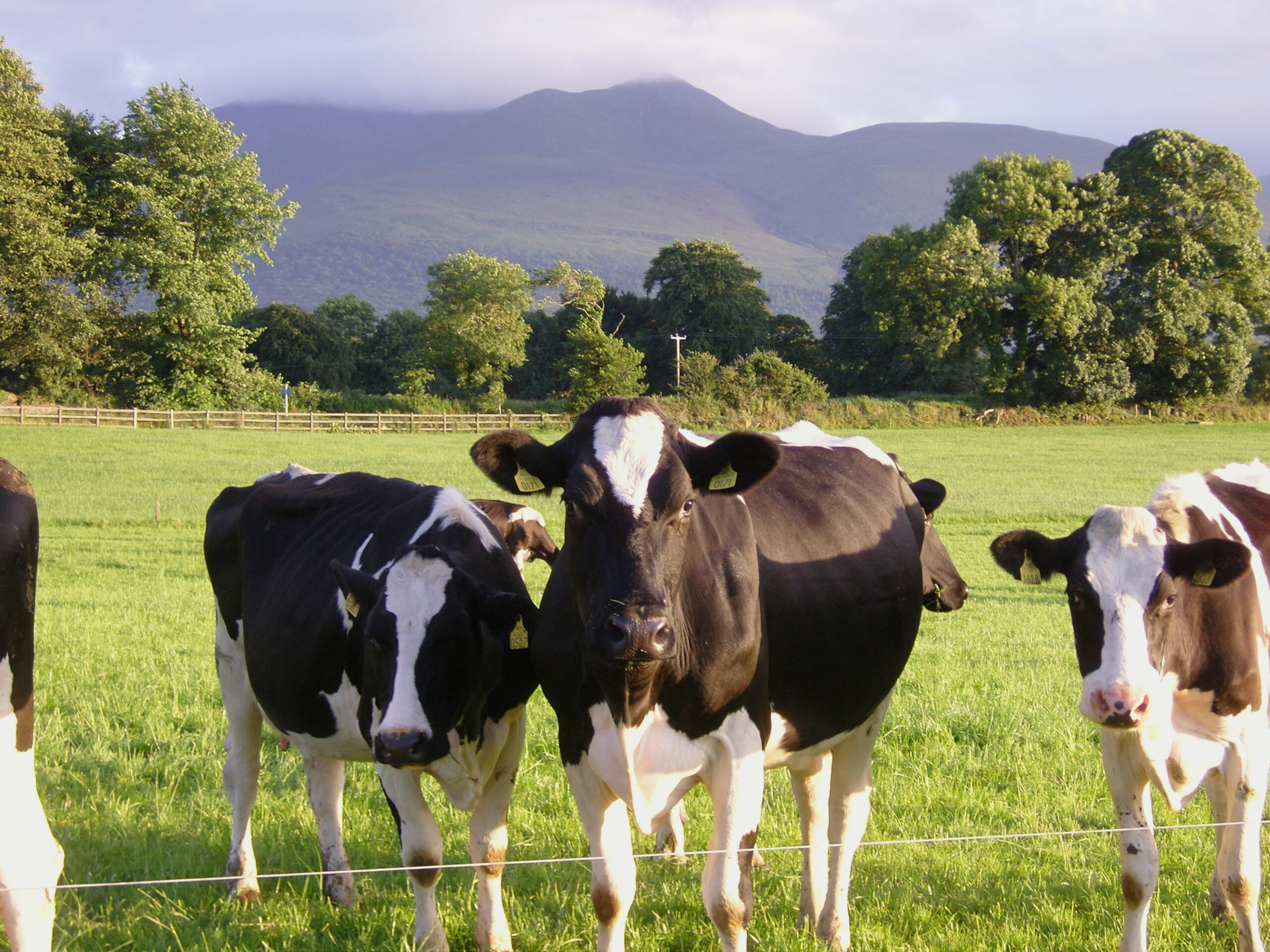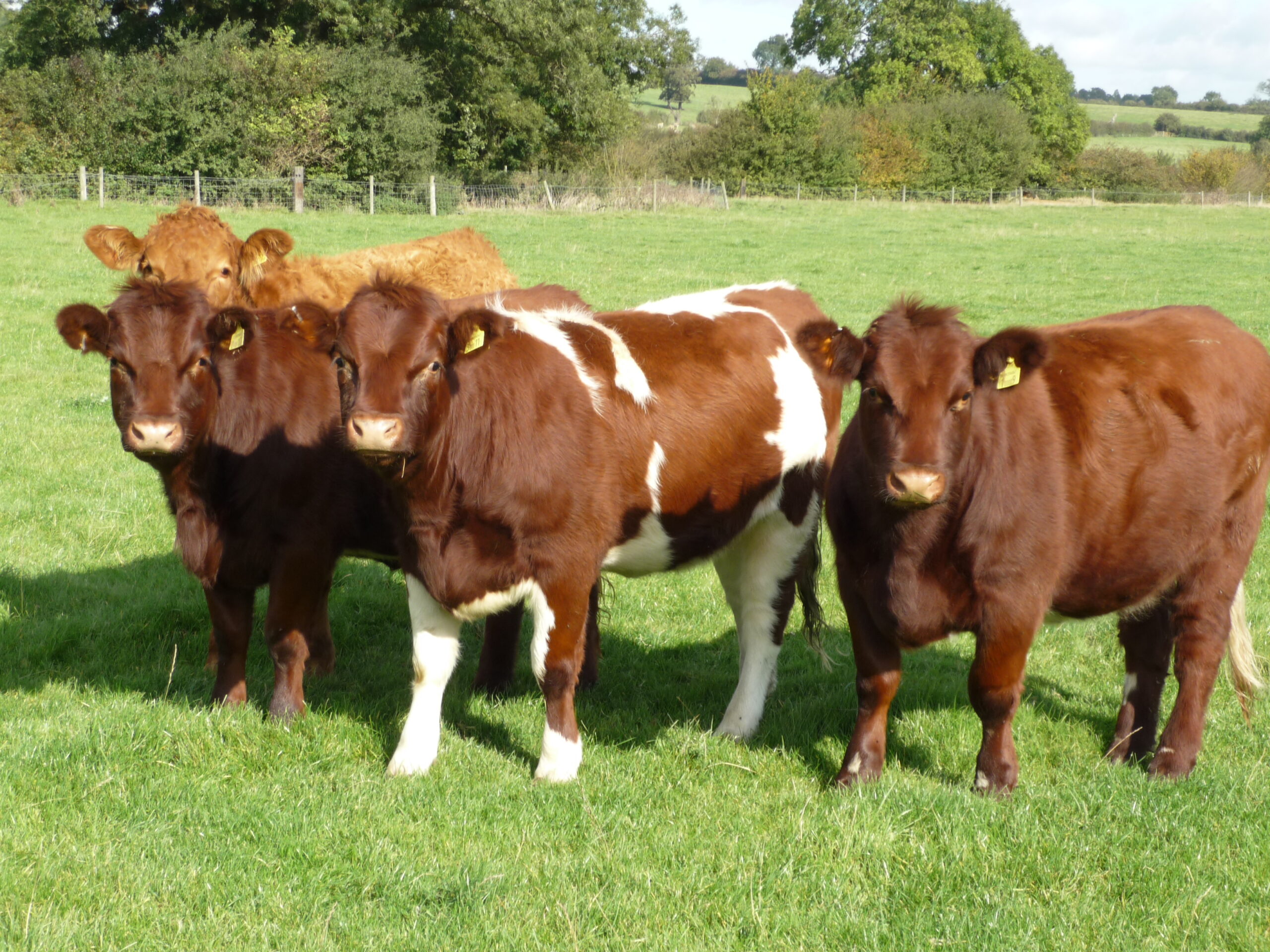Beef
After strong growth throughout the second half of August and September, the prime cattle price has somewhat plateaued through October but remains strong. The deadweight All Steer price for the week ending 21st October was 481.9p per kg, which compares with 437.7p per kg for the same week last year. Prime cattle values still have a little way to go if they are to recover to where they were in May this year (493.9ppkg), but are heading upwards again after sharp declines over the summer period when an upturn in imports impacted prices.
During the first quarter of 2023, UK beef imports were below the previous year’s which, coupled with tight domestic supplies, supported prices through the spring to record levels. However, imports increased through the summer, driven by an upsurge in shipments from Ireland, where cattle prices had fallen, making them more competitive. The price differential between Irish and GB cattle is still particularly wide, with Irish R3 steers trading around an 89p per kg discount to GB steers at the beginning of October. A discount this wide has not been seen since 2015. But UK production remains tight which is supporting prices.
According to the latest Defra statistics, domestic production levels remain below 2022 levels, both in terms of kill numbers and also slaughter weights. Beef production in September 2023 stood at 70,000 tonnes, a decrease of 4% compared with August and down 2% compared with September 2022. Slaughter numbers in September were 1% below year earlier levels, with cow numbers down by 5%. Prime cattle carcase weights have been lighter throughout 2023. September weights were -1.5kg less than in September 2022 at 340kg, this also compares with the 5-year average for September which stands at 342.4kg per head.
Lamb
The prime new season lamb price has remained above year-earlier levels since August. For the week ending 21st October the liveweight SQQ overall price stood at 258.02p per kg compared with 227.28p per kg for the same week in 2022.
In terms of trade, sheep meat imports in 2023 have not followed typical trends. The usual surge in March was much lower this year and, until August, import levels have been historically low. But for the first time this year, in August, monthly quantities of imported sheep meat into the UK were higher than levels recorded a year earlier. More shipments arrived from New Zealand and Australia. The latter is producing record quantities of sheep meat, bringing down their farmgate price and also New Zealand’s, meaning they are very competitive into EU markets. Australia is exporting record quantities of sheep meat this year; this is an area to watch, particularly as domestic supplies usually also start to increase at this time of year.
Having said that, the latest production figures from Defra for September show a 7% decline in volume compared with August, to 22,700 tonnes. This is also 4% lower than for September 2022 and 12% below the 5-year average for September. The drop in production is down to a fall in the number of slaughterings as carcase weights are only 0.1kg per head below last year’s levels. UK clean sheep slaughterings in September dropped 4% on the month to 994,000 head and also 4% on the year. It is not entirely clear why slaughterings are so low, but the good autumn grass growth may have persuaded farmers to keep lambs at pasture rather than look to sell quickly. This would mean more marketings later in the season at, potentially, higher weights.
